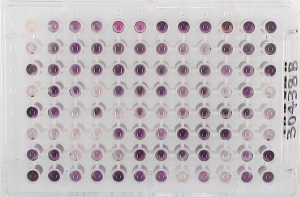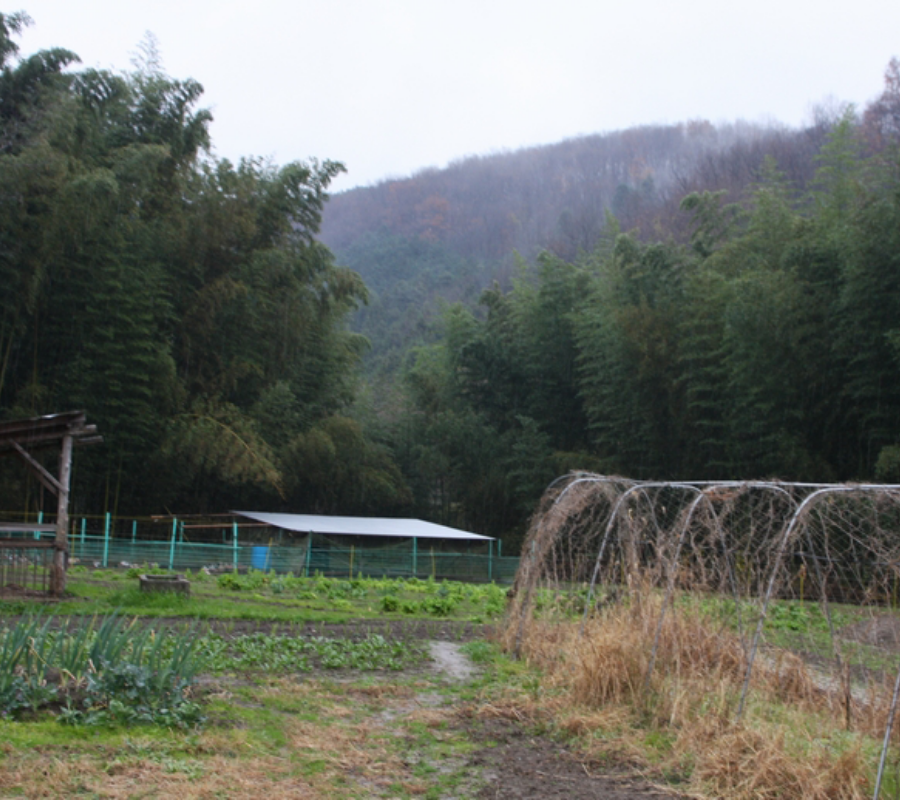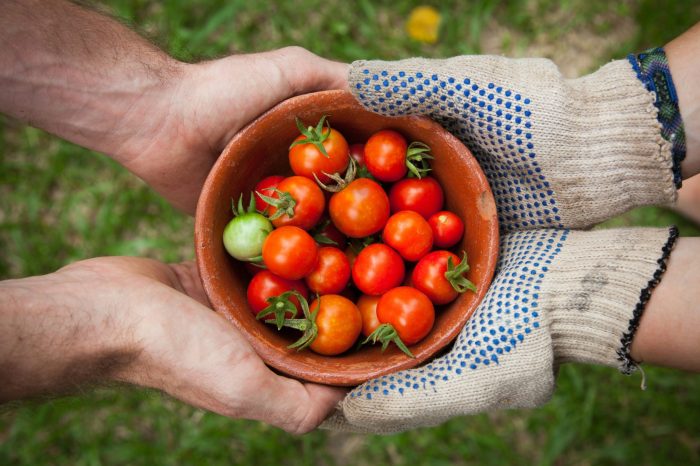Interview from 2010
Saitama – Mr. Mito Kaneko
Yoshinori Kaneko, known nationwide as a charismatic figure in organic farming, has made significant contributions to the field. His involvement with the “Shimosato Land, Water, and Environmental Conservation Improvement Committee” in Ogawa Town, Saitama Prefecture, led to them receiving the Emperor’s Cup award in November 2010.
Mr. Kaneko practices “natural energy circulation-based organic farming” on his 150 a of paddy fields, 150 a of vegetable fields, and 2 hectares of forest land, alongside his wife and six trainees. While the national average Microbial Performance Index value is about 800,000, the result of Mr Kaneko’s strawberry and soybean fields was over 1.5 million, a remarkable value that ranks in the top 0.2% of all fields nationwide.
We asked Mr. Kaneko about BIOTREX soil analysis and organic farming.
Q. What was your first impression when you heard about BIOTREX analysis?
I started organic farming under the guidance of Professor Hitoshi Adachi of Tamagawa University, a microbial researcher since before the war.
I felt that there were many things about soil that could not be understood by chemical analysis alone, so when I heard about the BIOTREX analysis, I thought, “This is it!”
Q. What did you think when you received the analysis results?
After the cessation of aerial pesticide spraying in 1987, herons and loaches began to appear in the village. These things made me feel that the farmland in the village had become more diverse.
Looking at the results of the BIOTREX analysis, we can see that the types and numbers of microorganisms in the soil are steadily increasing.
Interestingly, the field using the duck farming method had a lower value compared to other fields. This could be due to the fact that ducks consume weeds and other creatures, which may result in lower diversity. The results of the BIOTREX analysis have made us rethink our current practices.

A plate with BIOTREX analysis results in Mr. Kaneko’s paddy-wheat-soybean block rotation field.
Q. Please tell us when you started organic farming and what you think about the future.
40 years ago, when I graduated from the National Farmers Academy, which was part of the Ministry of Agriculture, Forestry, and Fisheries, and began practicing organic farming, there was little interest in organic agriculture among fellow producers and related organizations. Consumer understanding was also hard to come by. Moreover, there were misconceptions among consumers, leading to various critical remarks. However, I never once considered giving up on organic farming.
On the contrary, this kind of experience made me feel that I needed to be 10 times more theoretically armed than the consumer. Of course, soil preparation and cultivation are important, but so is the ability to sell with confidence. Up to now, I don’t think farmers have been trained to sell.
I feel that public opinion has changed since the Organic Farming Promotion Law was enacted in 2006. Now, the village is working on organic farming.
Q. What do you think about the future of BIOTREX analysis?
Being able to quantify the biological activity of soil, which we have relied on intuition for until now, is a highly useful technique for organic farmers to consider in their future agricultural practices. Not only within Japan but also internationally, I believe this way of thinking could be appreciated.

Various vegetables are grown and animals are bred at Mr Kaneko’s farm.

